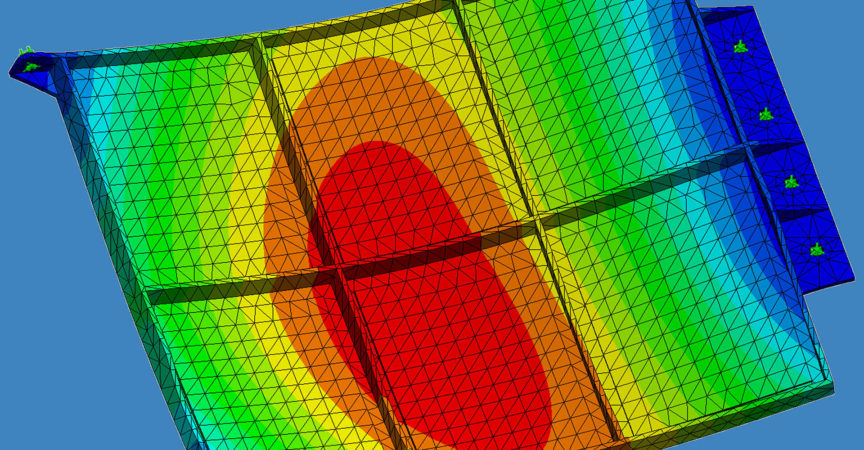SOLIDWORKS Simulation Dynamic Analysis
Release date:2018, June 18
Duration:02 h 40 m
Author:Tony Abbey
Skill level:Intermediate
Language:English
Exercise files:Yes
Learn how to perform dynamic analysis using SOLIDWORKS Simulation. The course starts by covering dynamics theory and normal modes analysis. Dynamic analysis concepts are covered, including damping, mass participation, modal methods, and direct methods. Next, transient analysis is explored, including modal transient response, direct transient response, and base motion in dynamic response. Then, frequency response analysis, followed by how to interpret results.
Topics include:
- Analysis of normal modes
- Modeling different types of masses
- Dynamic analysis
- Controlling transient analysis
- Analyzing motion of bases
- Analyzing frequency response
- Interpreting results of analysis





 Channel
Channel





